The advertising industry has quietly undergone a seismic shift in its sonic landscape. Over the past three years, AI-generated background music has surged to claim nearly 60% of the market share in advertising soundtracks, fundamentally altering how brands score their campaigns. This silent revolution has reshaped production timelines, budgets, and creative possibilities while sparking debates about authenticity in marketing.
The Rise of Algorithmic Composition
Where advertising agencies once relied on human composers or licensed tracks for their campaigns, sophisticated AI music generators now provide instant, customizable solutions. Platforms like Soundraw, AIVA, and Boomy have become the go-to resources for time-pressed creative directors needing original scores that adapt to specific durations, moods, and brand identities. The technology has advanced to the point where AI can analyze a commercial's visuals and automatically generate fitting musical accompaniment.
Cost efficiency drives adoption, with AI-generated tracks costing approximately 90% less than traditional composition methods. A 30-second custom jingle that might have cost $5,000 from a human composer can now be generated for under $50 through AI platforms. This dramatic price difference has made algorithmic music irresistible for brands operating with tightened marketing budgets in uncertain economic times.
Customization at Scale
The true power of AI music lies in its infinite adaptability. Where licensing existing tracks often required compromising on creative vision, AI systems allow advertisers to tweak every element - from tempo and instrumentation to emotional tone - with simple parameter adjustments. A skincare brand can generate hundreds of variations on a calming acoustic theme to test which version best resonates with target demographics.
Major agencies report producing 3-5 times more musical variations for focus group testing since adopting AI tools. This explosion of options has led to more data-driven decisions in soundtrack selection, with some campaigns using real-time analytics to adjust music based on viewer engagement metrics. The result is advertising music that's increasingly engineered for maximum psychological impact.
The Creative Paradox
While AI music dominates in quantity, questions persist about quality and originality. Some industry veterans argue that algorithmically generated tracks lack the nuanced emotional depth of human-composed music. "There's an uncanny valley effect with AI music," notes veteran ad composer Daniel Langdon. "It checks all the technical boxes but often misses that intangible spark that makes a soundtrack memorable."
Yet the technology continues to improve, with newer systems incorporating advanced emotional modeling and genre-blending capabilities. Some AI platforms now analyze top-performing ad music across platforms to identify patterns in what drives engagement. The result is a feedback loop where AI both follows and shapes musical trends in advertising.
Legal clarity gives AI an edge. Unlike licensed music which comes with complex royalty structures and usage restrictions, AI-generated tracks typically provide clear, unlimited usage rights. This legal simplicity has made them particularly attractive for digital campaigns that may run across multiple platforms and territories.
Changing the Creative Process
The workflow for scoring advertisements has been completely transformed. Where music was traditionally one of the final elements added to a campaign, many teams now work with AI-generated temp tracks from the earliest storyboard stages. This reversal has led to visuals being edited to music rather than vice versa in many cases.
Smaller brands have benefited disproportionately from this shift. "Before AI music, scoring a national TV spot was out of reach for most mid-sized companies," explains media buyer Elena Rodriguez. "Now every mom-and-pop shop can have original music that sounds like it was composed for a Super Bowl ad." This democratization has led to a surge in small business advertising with professional-grade production values.
The Human Element
Despite AI's dominance, human musicians still play crucial roles in high-end campaigns. Many agencies use AI-generated tracks as starting points that are then refined by human composers. Others employ AI for routine projects while reserving human creativity for flagship campaigns. This hybrid approach appears to be emerging as the industry standard.
Voiceover artists have also felt the impact, as AI music is often paired with synthetic voices for a fully automated production pipeline. However, the most successful campaigns frequently combine AI efficiency with human artistry - using algorithmic music for testing and iteration before bringing in human talent for the final product.
Future Harmonies
As the technology continues advancing, industry analysts predict AI-generated music could capture 80-85% of the advertising market within five years. Emerging developments include dynamic soundtracks that adapt in real-time based on viewer reactions and personalized jingles generated for individual consumers.
Yet the human touch remains irreplaceable for certain applications. "AI excels at producing competent, on-brief background music," says Creative Director Marcus Wei, "but when you need a sonic identity that stops people in their tracks, that still requires human imagination." The advertising world appears headed for a new equilibrium where AI handles the bulk of work while humans focus on breakthrough creativity.
The 60% market penetration marks a tipping point where AI-generated background music has moved from novelty to norm. As the technology becomes further embedded in advertising workflows, it's reshaping not just how campaigns sound, but how they're conceived, produced, and optimized. The soundtrack of consumer culture is increasingly composed by algorithms - a silent revolution with profound implications for the creative industries.
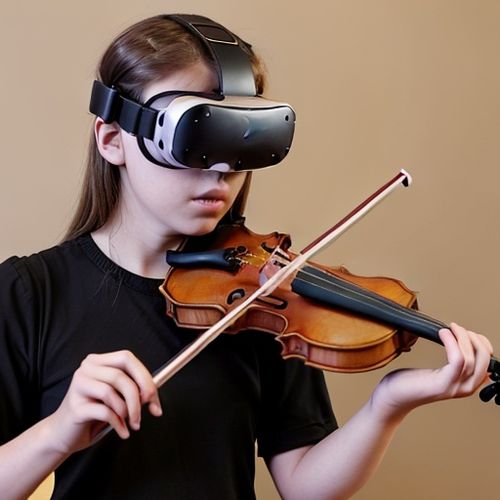
By Olivia Reed/Apr 13, 2025
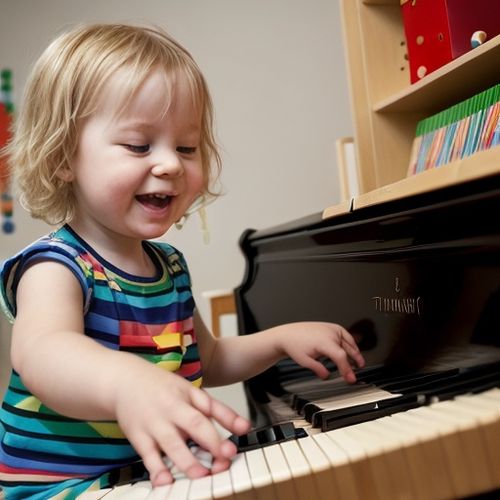
By William Miller/Apr 13, 2025

By Amanda Phillips/Apr 13, 2025
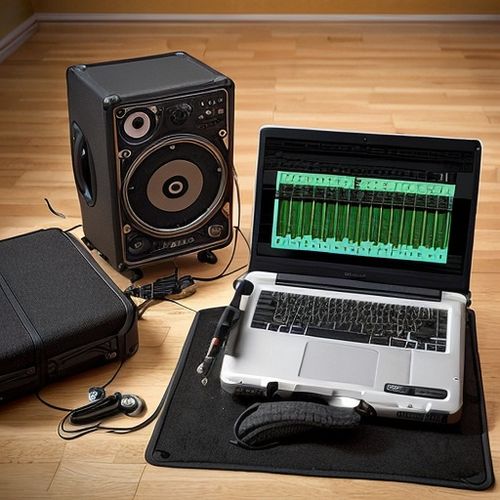
By Megan Clark/Apr 13, 2025

By Joshua Howard/Apr 13, 2025
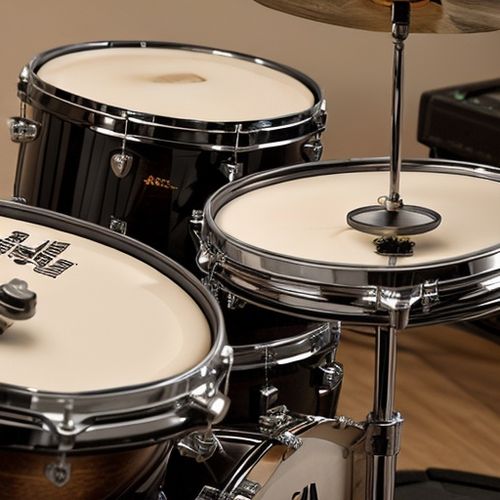
By Samuel Cooper/Apr 13, 2025

By Elizabeth Taylor/Apr 13, 2025
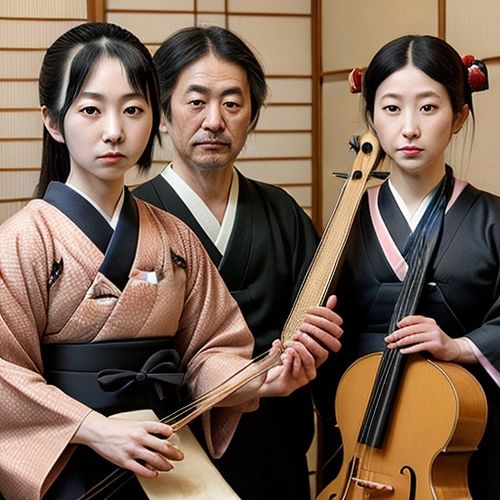
By Eric Ward/Apr 13, 2025

By Emma Thompson/Apr 13, 2025
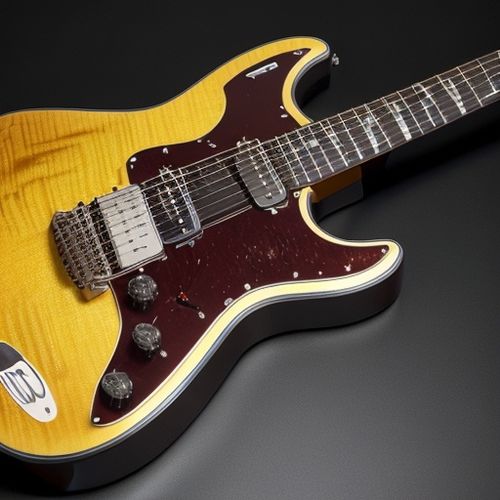
By Noah Bell/Apr 13, 2025

By Sarah Davis/Apr 13, 2025

By Eric Ward/Apr 13, 2025
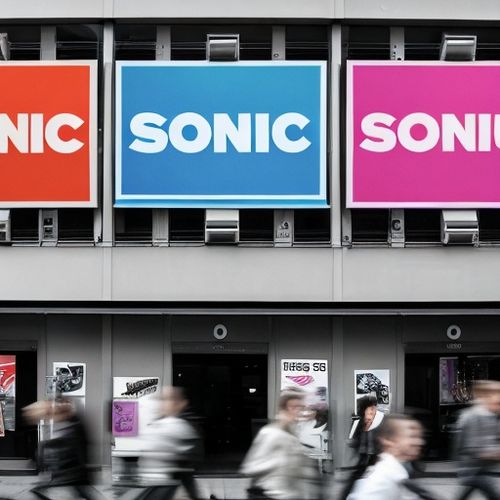
By Daniel Scott/Apr 13, 2025
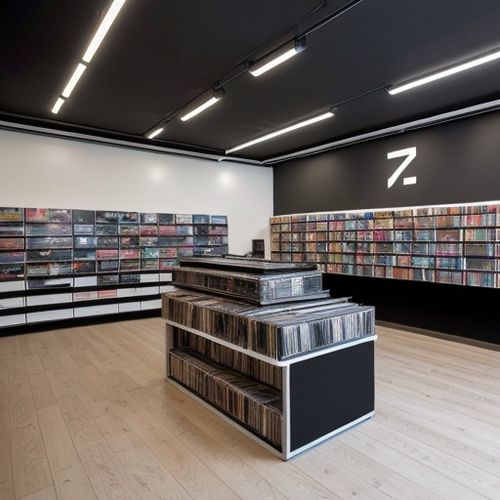
By Benjamin Evans/Apr 13, 2025
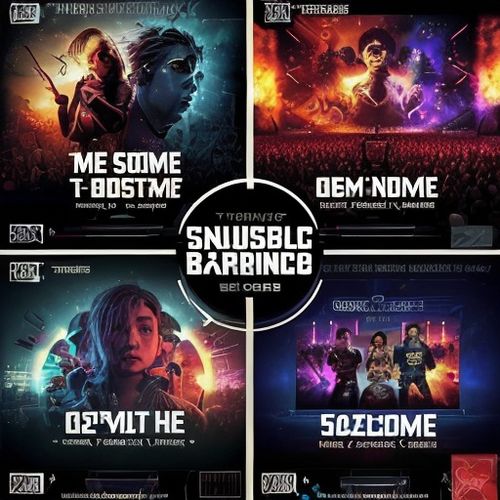
By Elizabeth Taylor/Apr 13, 2025
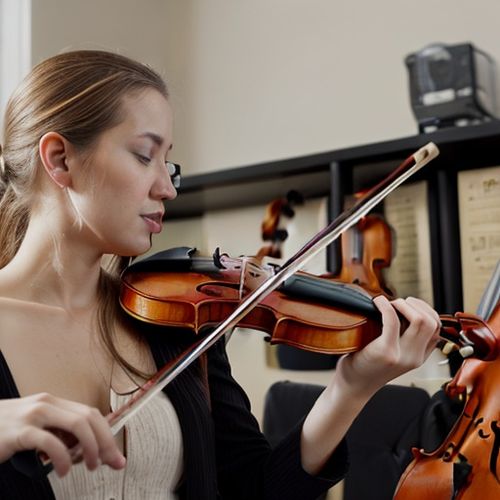
By Grace Cox/Apr 13, 2025
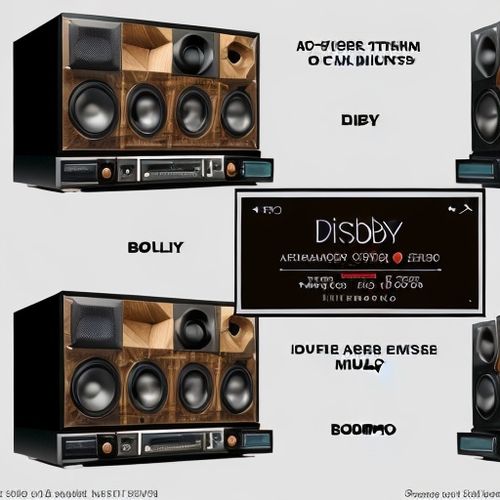
By Megan Clark/Apr 13, 2025

By Benjamin Evans/Apr 13, 2025

By Thomas Roberts/Apr 13, 2025
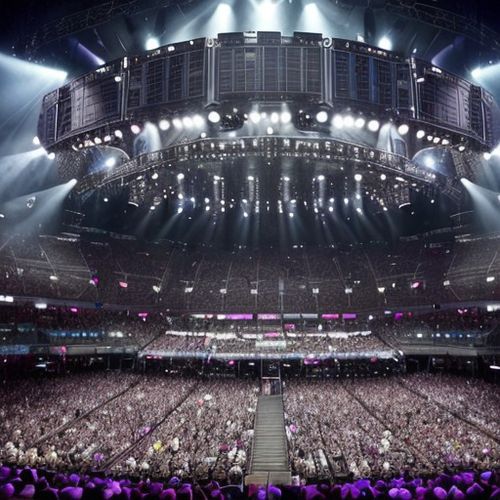
By Sarah Davis/Apr 13, 2025